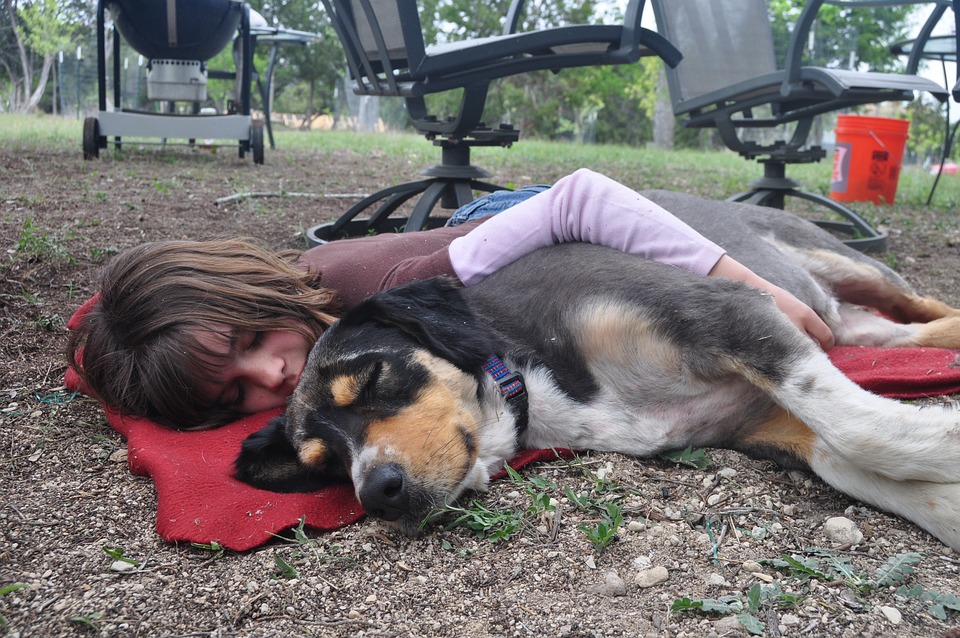Are you looking for a fun and interactive way to engage with your furry friend? Teaching your dog to “high five” can be a paw-some trick that will leave everyone in awe. Not only is it adorable and entertaining, but it also strengthens the bond between you and your loyal companion. In this article, we will guide you through the step-by-step process of teaching your dog to “high five” while incorporating effective training techniques.
Before we jump into the training process, let’s explore the benefits of teaching your dog this trick. Besides being an attention-grabbing party trick, “high five” training offers several advantages. First and foremost, it enhances communication between you and your furry friend. Teaching your dog to “high five” helps improve their understanding and response to specific cues, strengthening your bond and fostering a sense of trust.
Moreover, dog training, including teaching trick commands, provides mental stimulation, which is vital for your dog’s overall well-being. Engaging their minds with interactive tasks like “high five” helps prevent boredom and supports their cognitive development. Additionally, “high five” training encourages your dog to engage with people in a positive and friendly manner, promoting socialization and helping them become more comfortable in various social settings.
A dog that can “high five” instantly becomes the star of the show! This impressive trick showcases your dog’s intelligence and adds an extra layer of charm to their personality. Now that we’ve explored the benefits, let’s dive into the step-by-step process of teaching your dog to “high five.”
1. Establish a Positive Training Environment: Find a quiet and distraction-free area where you and your dog can focus on the training session. Keep some tasty treats, preferably small and soft, within easy reach.
2. Basic Paw Command: Start by reinforcing the basic “paw” command. Hold a treat in your closed hand, and place it near your dog’s nose. As your dog sniffs and paws at your hand, say “paw” and open your hand to let them have the treat. Repeat this process several times until your dog associates the word “paw” with lifting their paw.
3. Introduce the “High Five” Cue: Once your dog is comfortable with the “paw” command, it’s time to introduce the “high five” cue. Show your dog an open palm and say “high five.” Gently tap their paw with your palm. If your dog lifts their paw even slightly, reward them with a treat and praise.
4. Repetition and Reward: Practice the “high five” motion repeatedly, using the cue “high five.” Each time your dog responds correctly, reward them promptly with treats, praise, and affection. Consistency and positive reinforcement are key to successful training.
5. Phase Out Physical Touch: Gradually reduce the physical contact between your hand and your dog’s paw during training. Encourage them to raise their paw higher by positioning your hand higher. Eventually, they will learn to offer their paw for a “high five” without any physical guidance.
6. Generalize the Command: Once your dog masters the “high five” trick at home, practice it in different environments and with various people. This helps them understand that the cue applies to any situation, ensuring consistent responses.
Now, let’s address some frequently asked questions about teaching your dog to “high five.”
Q: How long does it take for a dog to learn the “high five” trick?
A: The learning speed varies depending on your dog’s age, breed, and individual personality. Some dogs may pick it up within a few training sessions, while others may require more time. Consistency, patience, and positive reinforcement are essential for successful training.
Q: Can any dog learn to “high five”?
A: Yes, any dog, regardless of breed or age, can learn to “high five.” However, it’s important to consider your dog’s physical capabilities. If your dog has any health issues or physical limitations, consult your veterinarian before starting any training.
Q: What if my dog doesn’t lift their paw during training?
A: If your dog doesn’t naturally lift their paw, you can gently lift it yourself while using the “paw” command. Gradually reduce your physical assistance until your dog learns to lift their paw independently.
Q: Are there any alternative cues for the “high five” trick?
A: Yes, you can use various cues like “give me five,” “shake hands,” or any other word or phrase that you find comfortable. The key is to use a consistent cue that your dog can associate with the desired action.
Teaching your dog to “high five” is a rewarding experience that strengthens your bond and showcases their intelligence. Remember to keep the training sessions fun, short, and positive. With patience and persistence, your dog will soon become a pro at offering their paw for a friendly greeting. So, grab those treats, put on a smile, and let the training begin!









